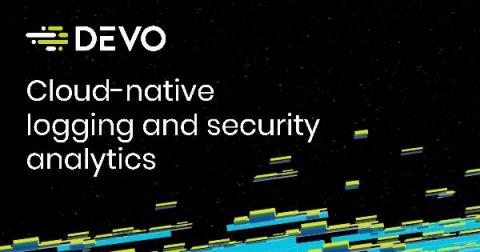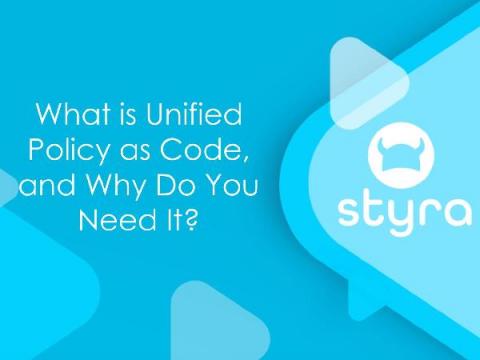Devo Insights on the White House Cybersecurity Executive Order
The recent executive order calling for immediate improvements in the federal government’s cybersecurity is impressive. I give the Biden Administration a lot of credit for publicly admitting there are significant problems and weaknesses in the federal government’s IT and cybersecurity infrastructure and practices. The order also includes some key points that are significant for Devo and our customers.











